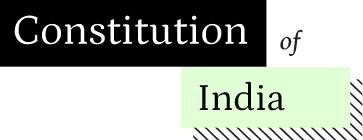When war again broke out in 1526, the neighbourhood of this river was the scene of two battles : the Kacharis were victorious in the first but suffered a crushing defeat in the second. Hostilities were renewed in 1531 and a collision occurred in the south of what is now the Golaghat sub-division in which the Kacharis were defeated and Detcha, the brother of their king, was slain. The Ahoms followed up their victory and, ascending the Dhansiri, penetrated as far as the Kachari capital at Dimapur on the Dhansiri, forty-five miles south of Golaghat. Khunkhara, the Kachari king, became fugitive and a relative named. Detsung was set up by the victors in his stead. “The ruins of Dimapur, which are still in existence, show that, at that period, the Kacharis had attained a state of civilization considerably in advance of that of the Ahoms. The use of brick for building purposes was then practically unknown to the Ahoms, and, all their buildings were of timber or bamboo, with mud-plastered walls. Dimapur, on the other hand, was surrounded on three sides by a brick wall of the aggregate length of nearly two miles, while the fourth or southern side was bounded by the Dhansiri river. On the eastern side was a fine solid brick gateway with a pointed arch and stones pierced to receive the hinges of double heavy doors. It was flanked by octagonal turrets of solid brick, and the intervening distance to the central archway was relieved by false windows of ornamental moulded brick-work.” “Inside the enclosure are some ruins of a temple or perhaps a market place, the most notable feature of which is a double row of carved pillars of sandstone averaging about 12 feet in height and 5 in circumference. There are also some curious V-shaped pillars which are apparently memorial stones. There are several fine tanks at Dimapur, two of which are nearly 300 yards square.”
